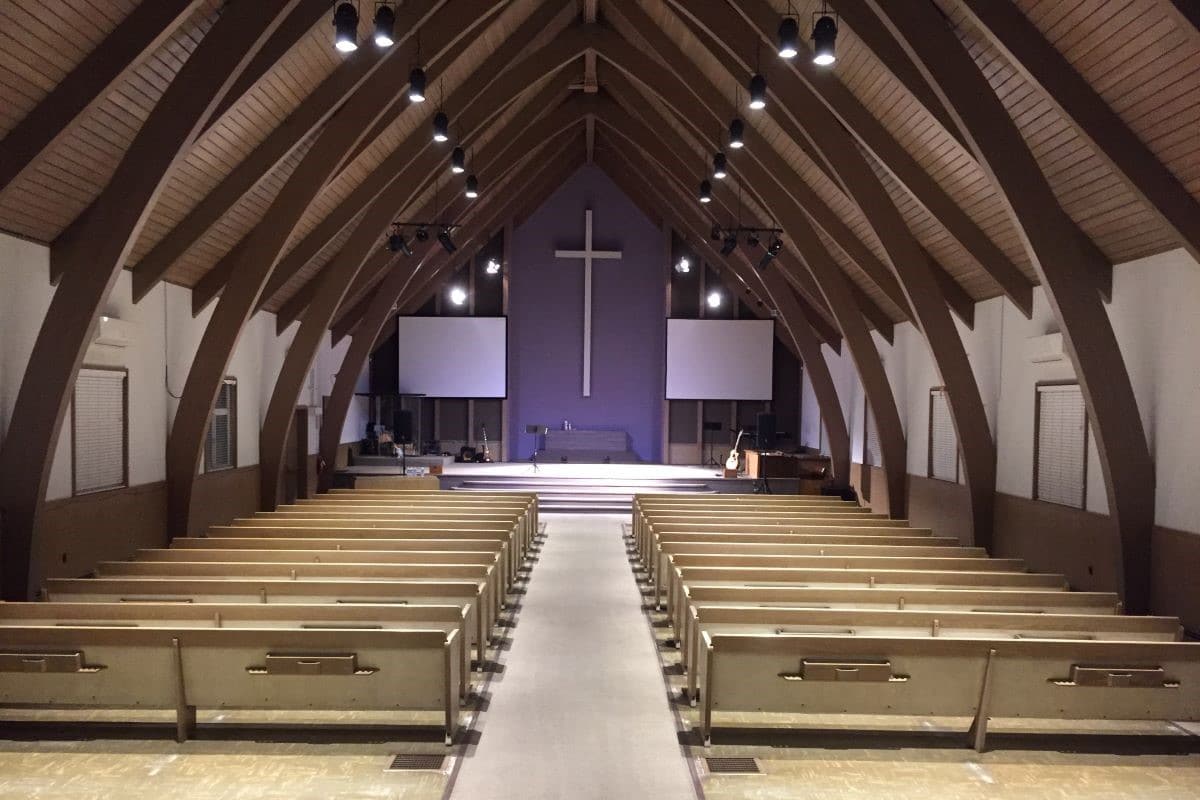The first commercially available light bulb appeared in the 1880s, or over 140 years ago when there were only 42 states in the Union. Largely through the work of Thomas Edison and his associates, the incandescent “globe” spread rapidly. As electric power became available across the nation, sales reached hundreds of millions annually. The “edison” namesake survives to this day for this reason.
Despite improvements in materials and manufacturing processes in the decades that followed, less than 5 percent of the energy a bulb uses produces visible light. The rest is wasted as heat and “light” our eyes do not see, such as infrared. They are very inefficient.
Another measure is “lumens per watt,” which says how much usable light one watt of energy produces. The most efficient types are quartz halogens at 20 lumens per watt.
Florescent lamps and compact florescent lamps, or CFLs, were introduced as an energy efficient alternative. However, they had poor light quality, short lifespans, flicker and did not dim well. This technology improved over time, but CFLs still have disadvantages. Manufacturing them requires toxic substances, and disposal of them is tricky.
Research into an entirely new, practical source of light began in the 1960s. Initially only able to produce a red color, LEDs, or light emitting diodes, were used only in instrument displays.
Fast forward to the 21st century, high power LED modules with applications for general lighting became available. Using technical tricks, these high power devices now produce usable “white” light.
Unlike the incandescent bulbs with a glowing filament, the LED lamp “emits” light in an entirely different way. It is the same technology used in computer chips. The result is a light source that is presently 10 times more efficient than the Edison bulb and has a long lifespan, as well.
An equivalent LED “bulb” that replaces the familiar 40 and 60 Watt legacy bulbs uses 75 percent less energy and can last 25 times longer. The “lumens per watt” figure can be well over 100.
The electrical grid was designed primarily for incandescent lights and electric motors. LEDs require a different type of power than the 120 Volts AC that come out of a typical wall plug. Inside every lamp are electronics that convert this power into what the LED uses.
Furthermore, both household and commercial dimmers were designed for the older type of bulbs, not for LEDs. The internal circuitry must adjust the light level in response to these dimmers. The early LED lamps available did not have good dimming behavior, often flickering and “popping on” randomly.
These initial shortcomings in early LED lighting have largely been addressed through many recent advancements in engineering and manufacturing processes. There are no longer problems of inconsistent color output that existed in previous products.
The circuitry inside most lamps now has excellent dimming capabilities, is noise free and delivers a long service life. The cost has come down dramatically, as well.
LED lamps are now available in many colors and come in the “warm” light associated with the indoor home lighting to the “cool” daylight color used in offices and factory floors.
The high output capability is ideal for commercial lighting applications, and many companies are rapidly changing over to them. Many LED lamps are designed with the similar dimensions to a legacy incandescent bulb and are fitted with the same base or plug.
Houses of worship often have lighting fixtures “built in” to the walls and ceilings that were designed specifically for a particular incandescent bulb.
Replacing the entire fixture as well as the dimmers is very costly in most cases. There are LED solutions that can easily fit into these existing fixtures and work well with existing equipment.
With the high output now available and the dramatic energy cost savings a reality, the switch over makes financial sense.
There are moves to discontinue the manufacture of all incandescent bulbs, as Europe has gone so far as to outlaw them. Fortunately, cost-effective solutions are available now, and, in most cases, replacing the old inefficient bulb is easy.
A well-designed LED lamp will work with existing dimmers, and the energy cost savings will be immediate. The future of illumination is here, now.
Wade Novin is the co-founder of OnSiteLED, a leading manufacturer of LED replacement lamps for the Par 56 and Par 64 bulbs. Recently, the company released an LED lamp for fixtures that take the Par 46. OnSiteLED lamps provide energy saving, long life lighting solutions in houses of worship, live events and studios, www.onsiteled.com.












